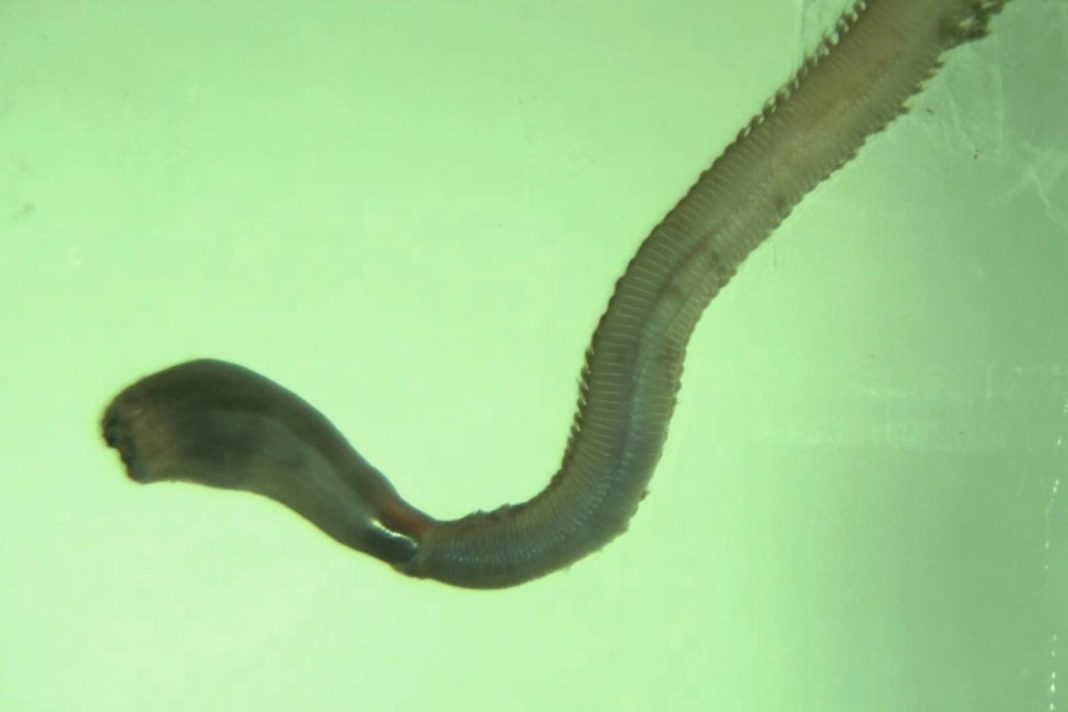Key Takeaways
- Bloodworms can explosively invert their proboscis in under 2 seconds
- The organ stretches to nearly 3 times its original size without breaking
- Discovery could advance soft robotics technology
Scientists have uncovered the remarkable mechanism behind bloodworms’ ability to turn their organs inside out. These venomous marine creatures can explosively evert their proboscis – a long, flexible mouth – in less than two seconds when threatened or burrowing.
The process resembles fictional alien biology from the 1979 film Alien, where creatures shoot out retractable mouthparts. Georgia Institute of Technology researchers discovered the secret lies in the worms’ translucent, wrinkly folds that function like “self-organized origami.”
The Science Behind the Transformation
Researchers used ultrasound imaging – similar to pregnancy scans – to observe the internal processes. They contained the wriggling worms in 3D-printed plastic “coffins” to study their biomechanics.
The proboscis inflates like a balloon when fluid pumps inside, stretching to nearly three times its original size. “Its maximum strain of εmax = 2.9 is comparable to one of the most extensible soft tissues in nature,” the authors noted. Human tendons fail at just 0.098 strain.
Retraction takes about eight seconds. David Hu, a mechanical engineer at Georgia Tech, compared it to “seeing the ‘behind the scenes’ of the magic trick. We could see the deflated proboscis waiting for action.”
Potential for Soft Robotics
Understanding bloodworm mechanics could revolutionize soft robotics. Current soft-bodied robots use polyurethane films that lack the stretchiness of a bloodworm’s proboscis.
The natural folding strategy provides insights for creating repeatable retraction mechanisms in artificial systems, potentially leading to more flexible and durable robotic designs.





